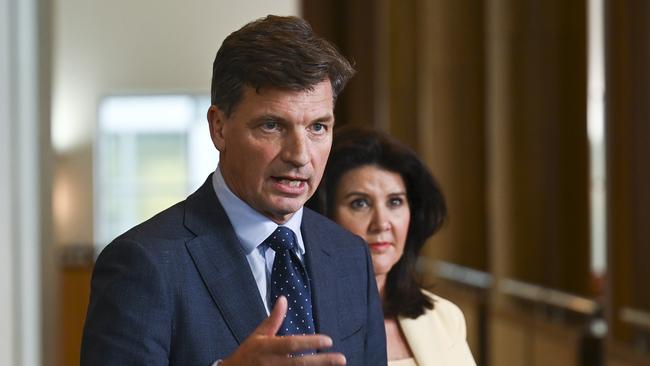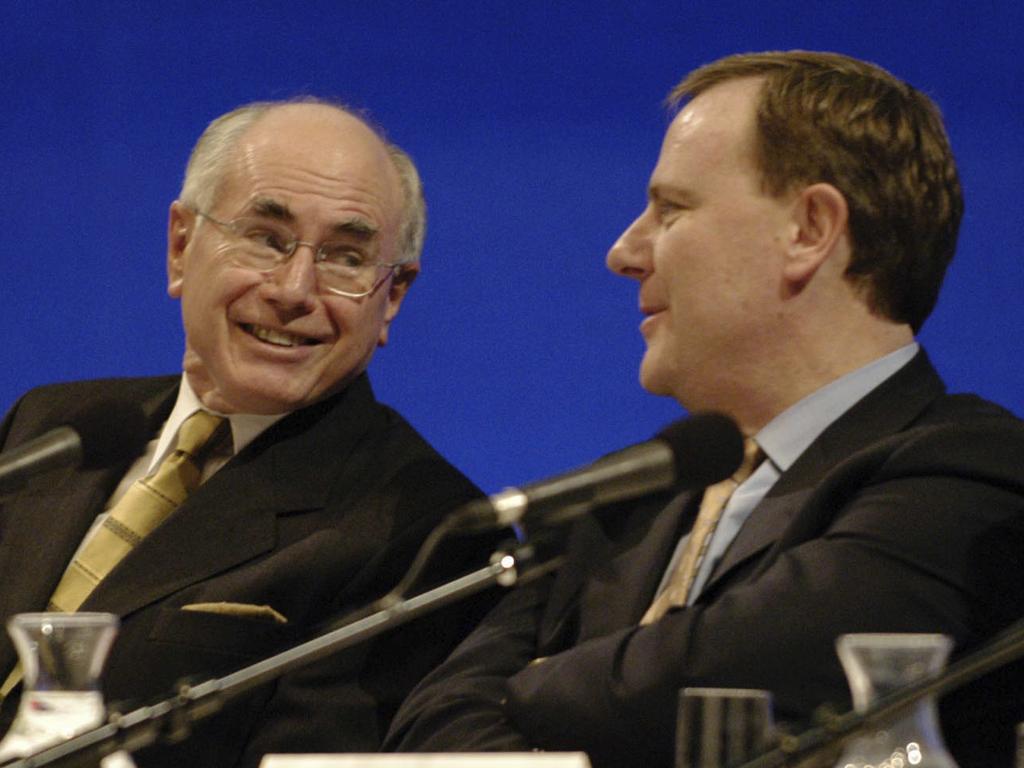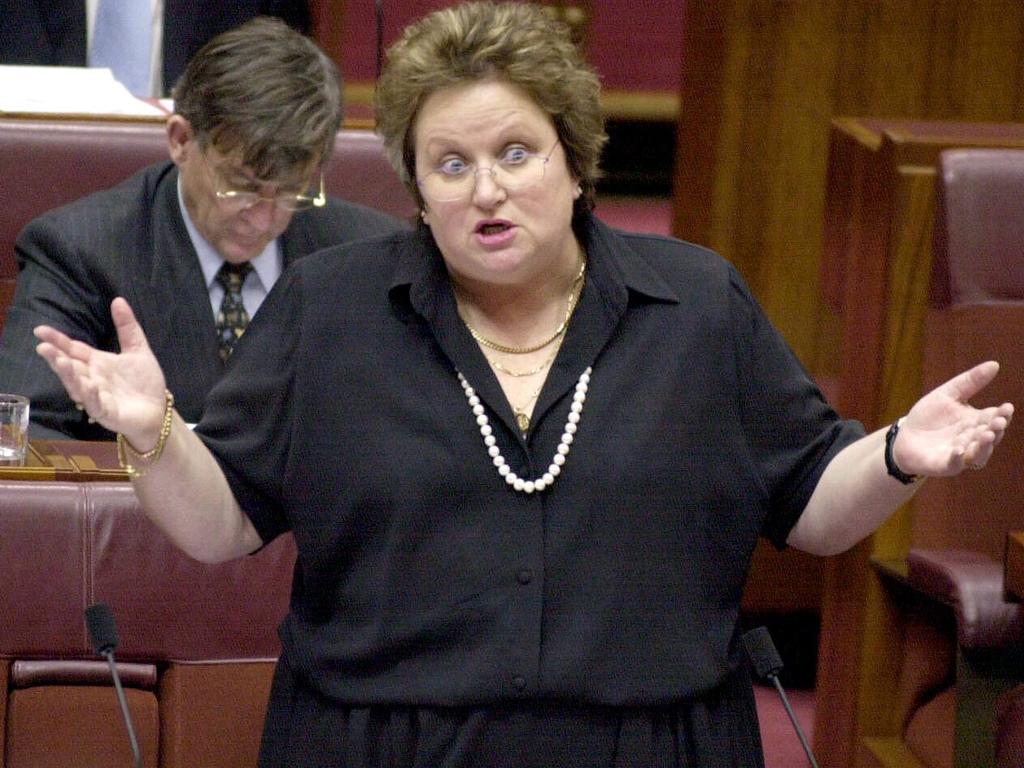Up to a million workers will hit high income status by 2030 without stage 3 tax cuts
Millions of average wage earners will be returned almost six years of bracket creep worth up to $1300 under the stage-three tax cuts despite calls for them to be abolished.

Millions of average wage earners will be returned almost six years of bracket creep worth up to $1300 under the stage-three tax cuts despite unions, crossbenchers and some of Anthony Albanese’s MPs calling for them to be abolished or scaled back.
New analysis of the return to taxpayers under the third stage of the Coalition’s legislated reforms, has also revealed that almost 700,000 workers fall into the highest tax bracket – triple the number of those captured above the highest threshold when it was last raised to $180,001 in 2009.
But even after the stage-three tax cuts, due to come into effect on July 1, the analysis conducted by the opposition suggests the tax rates for average full-time wage earners would remain higher than they were under the Howard government.
Using both median and mean measures of average full-time wage earners dating from 2007-08, the modelling shows the effective tax rate for an average wage earner has increased substantially over the past decade due to tax brackets not keeping up with rises in income. It comes after Jim Chalmers was reported to have asked Treasury officials last year to provide advice on the impact of making changes to the tax cuts, despite the Treasurer and Anthony Albanese’s election promise not to change the tax cuts.
Opponents – led by the Greens, the powerful United Workers Union and some crossbench MPs – argue that the tax cuts will cost the budget more than $230bn over the next decade.
Dr Chalmers last month addressed government MPs who had raised concerns about the tax cuts and were seeking more cost-of-living relief for lower-income households.
Labor MP Jerome Laxale publicly urged Mr Albanese to re-examine the tax cuts, with more ALP backbenchers expressing their concerns privately that more needed to be done to address the cost of living for the lowest paid.
However, the Coalition argues that the $230bn is owed to taxpayers because of bracket creep, which the stage-three cuts were designed to address.
Opposition treasury spokesman Angus Taylor called on the Prime Minister and Treasurer to “unambiguously commit” to delivering the tax cuts. “For average wage earners, this is returning part of what’s been stolen from them through bracket creep,” Mr Taylor told The Australian.
“Bracket creep is like the thief in the night. It is the tax increase Australians never voted for.
“The stage-three tax cuts are a good start, but the average wage earner is still worse off than they were under the Howard government.
“In Labor’s first 18 months in office, income taxes have gone up by over 27 per cent according to National Accounts data. It is clear Labor wants to tax their way out of inflation and Australian families are paying the price.”
Bracket creep has been a significant component of the increased income tax revenue that has helped the Albanese government in delivering a budget surplus.
The median full-time wage in 2007-08 was $43,680, and under the tax rates at the time the effective tax rate was just 17.6 per cent.
This year, the median full-time wage earner on $83,200 faces an effective tax rate of 21.04 per cent. Under stage three, the same salary would be taxed at an effective rate of 19.89 per cent.
The mean full-time wage in 2007-08 was $57,614 with an effective tax rate of 20.63 per cent.
In 2023 the mean full-time wage was $98,050 which attracted an effective tax rate of 22.78 per cent. Under stage 3, the effective tax rate for the average earner would be 21.42 per cent, according to the analysis. A median full-time wage earner will receive $955 in tax relief while the mean full-time wage earner will receive $1326 in relief.
Critics of the tax cuts, which would only go some way to returning bracket creep to medium income earners, have argued that the greatest benefit under stage three would go the highest income earners.
The stage-three tax cuts abolish the 37 per cent tax bracket and cut the 32.5 per cent rate to 30 per cent for all workers on incomes between $45,000 and $200,000. Those on wages slightly above the median at $100,000 would save $1375 in tax.
This rises to almost $4000 for those on wages of $150,000 and just over $6000 for people earning more than $180,000, which by 2030 could be close to one million workers.
Those on salaries of more than $200,000 would still pay the highest tax rate of 45 per cent but would benefit from tax savings of $9075.
The Coalition argues that the top tax bracket has remained unchanged at $180,001 since 2008-09, when Kevin Rudd matched John Howard and Peter Costello’s promised tax cuts.
At that time, the threshold captured 184,167 Australian earners which was the equivalent of 2 per cent of taxpayers.
Tax data from 2020-21, however, shows that number or workers paying the top tax rate had more than tripled since then to 626,392, and now represented more than 4 per cent of total taxpayers. The first two stages offered tax relief for low- to middle-income earners.
It is the benefit to high-income earners under stage three that Labor initially objected to before the 2019 election. However, under Mr Albanese’s leadership, the party pledged to support the cuts and not repeal them in government.
Some economists, including HSBC and respected independent economist Chris Richardson, have warned that the timing of the tax cuts could add inflationary pressure by pumping $21bn gradually back into the economy over the course of the following 12 months. This, they claim, could prompt the Reserve Bank of Australia, to delay cutting interest rates that were predicted to start falling again in the second half of the year.
This has been disputed by other economists, such as JP Morgan, which has released analysis showing the tax cuts would have a negligible effect on inflation.
Dr Chalmers has claimed that Treasury has not provided analysis on any inflationary impacts of the tax cuts. However, it is implied that the tax cuts have been already factored into the department’s forecasts for inflation.
The Treasurer has also said that bracket creep was a priority for the government in assessing fairness in the tax system.
Treasury’s forecasts for moderating inflation were more optimistic than the central bank, even when the tax cuts were taken into account.
“Whether it’s the Treasury or the Reserve Bank or others, they factor in the changes to the tax system when they come up with their forecasts for inflation,” Dr Chalmers said last week.
Mr Albanese, however, has again raised suspicions about the government’s intention on the tax cuts, last week refusing to provide a “promise” that they would go ahead without amendment.







To join the conversation, please log in. Don't have an account? Register
Join the conversation, you are commenting as Logout